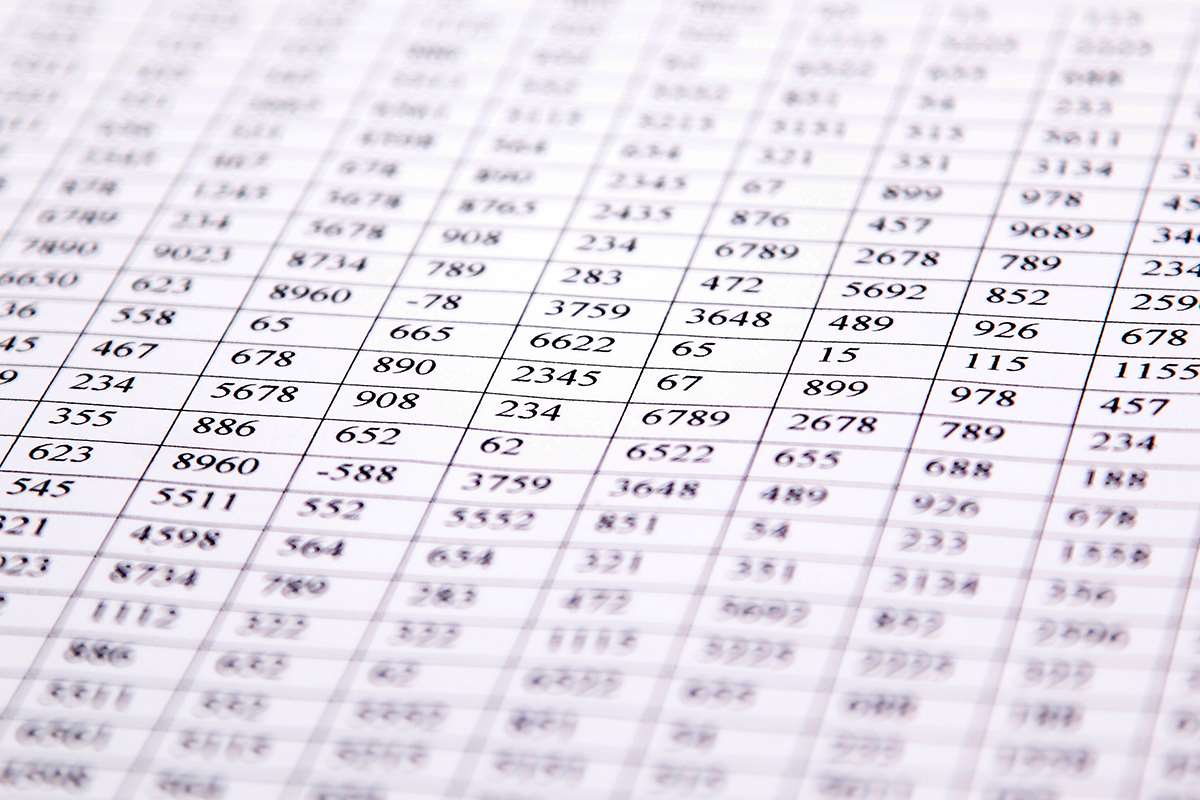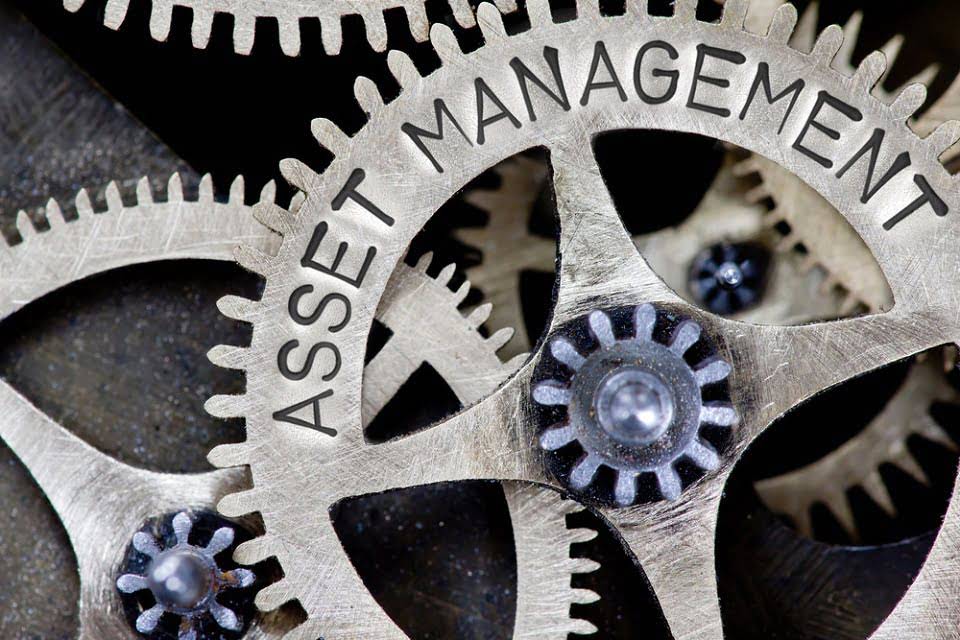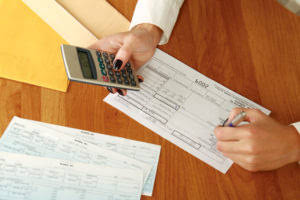
For example, buildings and equipment in areas with strong weather may see more rapid wear and tear from rust, water, and environmental damage. If your depreciable assets asset has no salvage value then this is the amount that you paid for the asset. If it has a salvage value, then the depreciable base is the amount you paid minus the salvage value. Divide this by the estimated useful life in years to get the amount your asset will depreciate every year.
- We’ll also take a look at how depreciation relates to taxation and accounting, what assets you can claim for depreciation, and common causes of asset depreciation.
- However, in the units-of-activity method (and in the similar units-of-production method), an asset’s estimated useful life is expressed in units of output.
- Businesses have a variety of depreciation methods to choose from, including straight-line, declining balance, double-declining balance, sum-of-the-years’ digits, and unit of production .
- Depreciation calculations require a lot of record-keeping if done for each asset a business owns, especially if assets are added to after they are acquired, or partially disposed of.
- Tim has spent the past 4 years writing and reviewing content for Fit Small Business on accounting software, taxation, and bookkeeping.
- Understanding the tax implications of vehicle classification as fixed assets is crucial for strategic planning.
The Benefits of Accelerated Depreciation

But knowing when to take how much depreciation over the life of the asset, that is the million dollar question. The benefit of accelerated depreciation is that you are getting more of a tax deduction in earlier years and therefore you get a return of more of your tax money earlier versus later. The IRS publishes depreciation schedules indicating the total number of years an asset can be depreciated for tax purposes, depending on the type of asset. An accounting loss results from expensing a revenue-generating asset instead of capitalizing it and thus, not creating any future value for the company. The accumulated Depreciation account will show a debit balance as a result. A current asset whose ending balance should report the cost of a merchandiser’s products awaiting to be sold.

Double-Declining Balance Depreciation

If you have expensive assets, depreciation is a key accounting and tax calculation. Tim worked as a tax professional for BKD, LLP before returning to school and receiving his Ph.D. from Penn State. He then taught tax and accounting to undergraduate and graduate students as an assistant professor at both the University of Nebraska-Omaha and Mississippi State University. Tim is a Certified QuickBooks ProAdvisor as well as a CPA with 28 years of experience.
Methods of Calculating Depreciation
Vehicles, when used for business purposes, are classified as fixed assets because they facilitate essential functions like transportation and delivery. The acquisition cost of these assets, including the purchase price, taxes, and preparation costs, is capitalized on the balance sheet. This capitalization influences depreciation calculations, which affect gross vs net both financial statements and tax obligations.
- The difference between accelerated and straight-line is the timing of the depreciation.
- Depreciation measures the value an asset loses over time—directly from ongoing use (through wear and tear) and indirectly from the introduction of new product models (plus factors such as inflation).
- However, if you drive a car for work and for personal use, you can only claim depreciation on the business portion of your tax return (for example 60% of the cost).
- The cost of the asset should be deducted over the same period that the asset is used to generate income instead of deducting a large expense when it’s purchased.
- The loss on an asset that arises from depreciation is a direct consequence of the services that the asset gives to its owner.
- Depreciation is something that you can get a deduction for in the current year even though you might not have spent money to buy it in that year.
Because depreciation involves complex rules that impact your financial statements and tax returns, it’s always wise to consult with a tax advisor or accountant who can guide you through the process. They can help you determine the most advantageous depreciation strategy for your business and ensure you comply with IRS guidelines. This is the most straightforward method, where you spread the depreciation evenly across the asset’s useful life. For example, if you buy a machine for $10,000 with a useful life of 5 years, you’d depreciate it by $2,000 each year.

- Bonus depreciation is primarily aimed at encouraging businesses to invest in new equipment.
- This formula will give you greater annual depreciation at the beginning portion of the asset’s useful life, with gradually declining amounts each year until you reach the salvage value.
- Its main disadvantage is that it is difficult to apply to many real-life situations, as it is not always easy to estimate how many units an asset can produce before it reaches the end of its useful life.
- A depreciable business asset is a form of business expense that applies to items with set lifespans.
- Depreciation measures the economic effect of this wear and tear and allows you to allocate that change in value over the asset’s usable life.
- Therefore, a reasonable assumption is that the loss in the value of a fixed asset in a period is the worth of the service provided by that asset over that period.
- The old rules of 50% bonus depreciation still apply for qualified assets acquired before September 28, 2017.
While the entire cash outlay might be paid initially—at the time an asset is purchased—the expense is recorded incrementally (to reflect that an asset provides a benefit to a company over an extended period of time). And, the depreciation charges still reduce a company’s earnings, which is helpful for tax purposes. Depreciation measures the decline in the value of a fixed asset over its usable life, allowing businesses to spread out the cost of that asset over several years. To claim depreciation, you must own the asset and use it for income-producing activity. Understanding depreciation helps you predict the value of your asset and claim the relevant tax deductions to reduce your total taxable income. Wear and tear is the most common cause of depreciation for a Law Firm Accounts Receivable Management fixed asset.
Leave a Reply